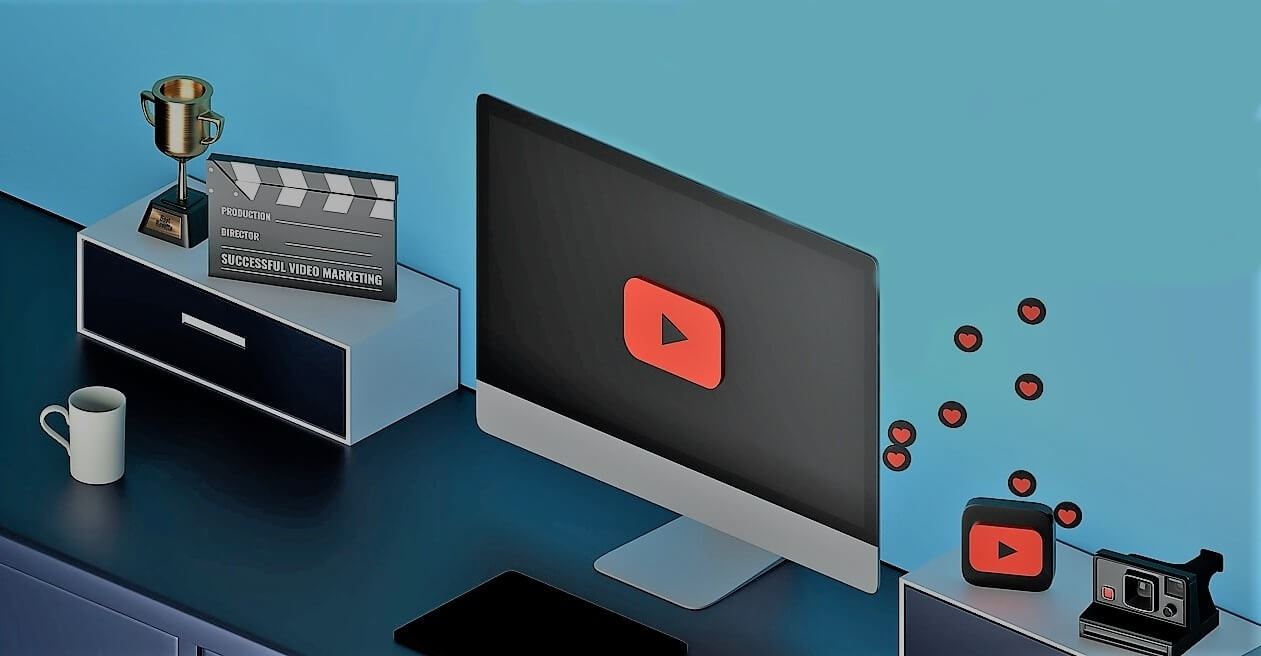Video is quickly becoming an important part of web design. It’s not just used for sharing hilarious cat videos anymore, but also comes in handy for more advanced techniques that are difficult or impossible to do without video.
Video can help you to demo a website feature or show off your product. Today’s web designers are no longer content with traditional static websites so using video is the perfect way to stand out from the crowd!
The obvious example here would be pornography sites. Once you enter one of these sites, you get flooded with porn HD videos and are absolutely lost in the sensory overload.
There is always something that keeps you on the page and wanting to watch the next video. Engagement!


